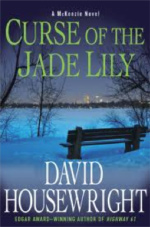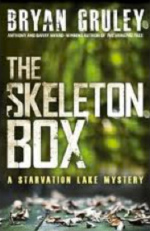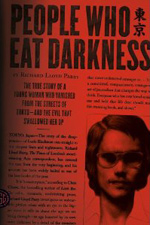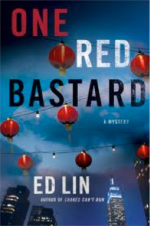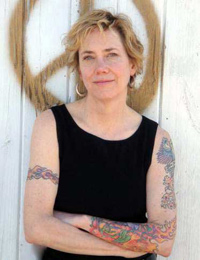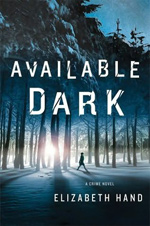Jane Haddam: Blood in the Water
This is the 27th Gregor Demarkian novel, making Jane Haddam one of the steadiest performers around. Each year she publishes a polished, thoughtful novel, with one of the more endearing of contemporary detectives. While she surrounds Gregor with the Philadelphia and specifically Armenian neighborhood where he grew up and still lives, my favorite part is when Gregor is off cracking the case.
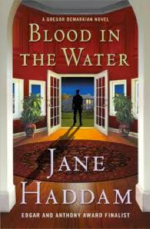 Long ago in the first novel (Not a Creature was Stirring, 1990), Gregor met his now wife, Bennis, a member of the Philadelphia mainline. In that novel I was frustrated to discover that Gregor was a widower, and that Haddam was not going to give her readers much more detail than that. However the meeting of the intelligent Bennis and the practical Gregor, over the killing of a member of her family, remains one of the great mystery couple match ups.
Long ago in the first novel (Not a Creature was Stirring, 1990), Gregor met his now wife, Bennis, a member of the Philadelphia mainline. In that novel I was frustrated to discover that Gregor was a widower, and that Haddam was not going to give her readers much more detail than that. However the meeting of the intelligent Bennis and the practical Gregor, over the killing of a member of her family, remains one of the great mystery couple match ups.
